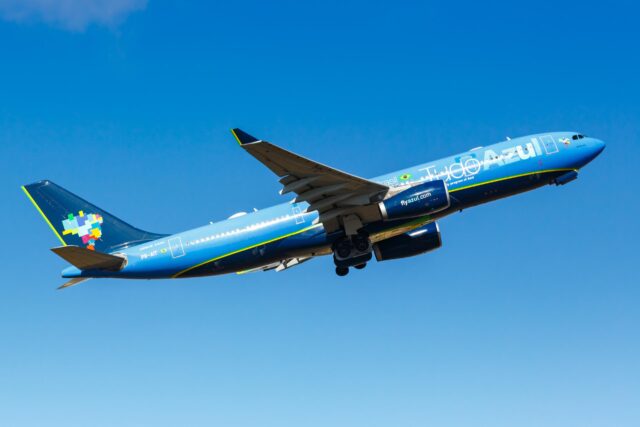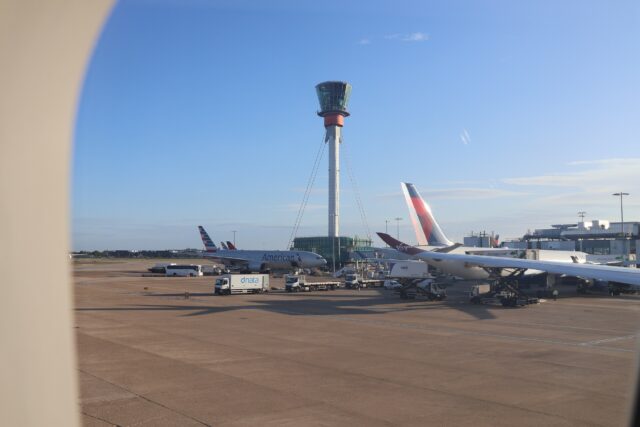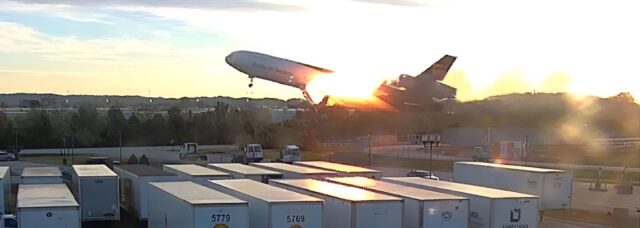US reactivates 431st Squadron for first permanent MQ-9 Reaper mission in South Korea

September 30, 2025

The US is continuing to modify its military posture in its key ally South Korea as it establishes a permanent MQ-9 Reaper presence on the peninsula.
US deploys Reaper drones to South Korea
The US Air Force has announced that it will deploy MQ-9 Reaper drones to South Korea and reestablish a World War II-era fighter squadron to operate them, known as the 431st Expeditionary Reconnaissance Squadron.

The 431st is under the 8th Fighter Wing stationed at Kunsan Air Base. That squadron was last activated as the 431st Fighter Squadron in 1943.
The Air Force stated the MQ-9 drones will support US and South Korean missions in intelligence, surveillance, and reconnaissance “across the Indo-Pacific theater.” It added that the aircraft will “bring a powerful capability to the region.”
GA-ASI is committed to delivering cutting-edge solutions that empower the U.S. military with unmatched intelligence and operational capabilities for multi-domain operations. As space plays an increasingly important role in ISR, unmanned systems like the MQ-9 Reaper and… pic.twitter.com/9csZCISA3l
— General Atomics Aeronautical Systems, Inc (GA-ASI) (@GenAtomics_ASI) September 25, 2025
South Korea’s news outlet, The Chosun Daily, suggests the Reapers may be used for surveilling China in the region as well as North Korea. It also notes that Reapers have previously been temporarily based in South Korea for training.
A recon drone suitable for low-threat environments
During the Global War on Terror, the MQ-1 Predator/MQ-9 Reaper drones gained notoriety for taking out militants in surgical strikes around the world using Hellfire missiles and Paveway bombs. However, their core mission has always been reconnaissance.
The range and long 14-hour loitering times, together with advanced sensor suites, make the aircraft well-suited to patrols and reconnaissance missions. They have been used by border guards to police the southern border with Mexico.

India has recently signed a contract to purchase 31 advanced MQ-9 variants for its Air Force and Navy, valued at around $3.5 billion.
That said, they are highly vulnerable to enemy air defence and are unable to operate in contested skies. Over the last couple of years, perhaps dozens of Reapers have been shot down by Houthi rebels in Yemen. Costing around $30 million apiece, these are not expendable platforms.
Yemen's Houthis shot down another MQ-9 Reaper. pic.twitter.com/7zK70uKbWR
— Sprinter Press News (@SprinterPress) May 29, 2024
While the MQ-9 Reaper may help the US and South Korea gather intelligence over the DMZ, the Yellow Sea, and the Sea of Japan during peacetime, it’s unclear how useful they will be in a shooting war. The aircraft has been used for targeted assassinations like Iran’s Qasem Soleimani in 2020 in Iraq, but that was in a very different environment.
Changing face of air assets in South Korea
As time progresses, both the Republic of Korea Air Force (ROKAF) and the US Air Force presence on the peninsula changes. Both air forces boast growing fleets of advanced F-35 stealth fighters.
In early 2025, the end of an era came as the USAF withdrew the last of its A-10 Thunderbolt “Warthog” attack aircraft, replacing them with F-16 Fighting Falcons.

In mid-2024, another era came to an end with the ROKAF retiring the last of its F-4 Phantom II fighter jets. The final operators of the type are Turkey and Iran, while Greece is also retiring them. It’s unclear how many flyable examples Iran has in service.
South Korea is plowing ahead in its efforts to develop its advanced KF-21 Bromae frontline fighter jet. Korea is prioritizing the rapid introduction of the type into service, with later variants being incrementally upgraded into a fifth-generation fighter. The type is expected to enter service in 2026 and is attracting the interest of other countries like the UAE.
Stunning view of a KAI KF-21 "Boramae" during a recent test flight at Sacheon. As a 4.5-gen fighter, the KF-21 features a low-observable design and a semi-buried weapons bay, but it is not a fully stealth aircraft. Nonetheless, its development marks a major milestone for ROK's… pic.twitter.com/lGbzsaUk6J
— Air Power (@RealAirPower1) February 21, 2025
The KF-21 is expected to replace Korea’s F-4 Phantom IIs and Northrop F-5s and eventually replace its F-16s and even F-15Ks. It will complement its planned fleet of 60 F-35As.
















